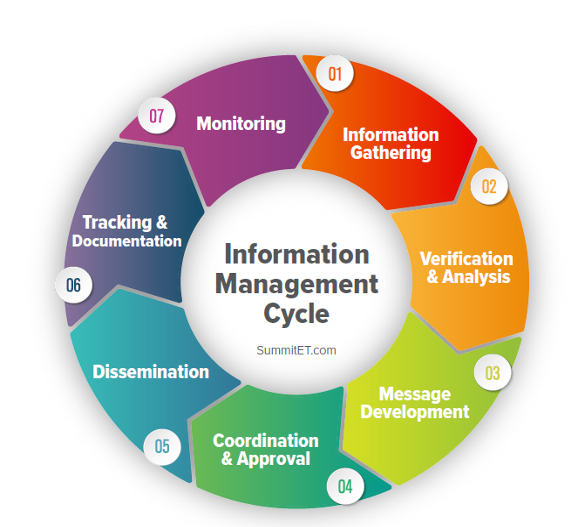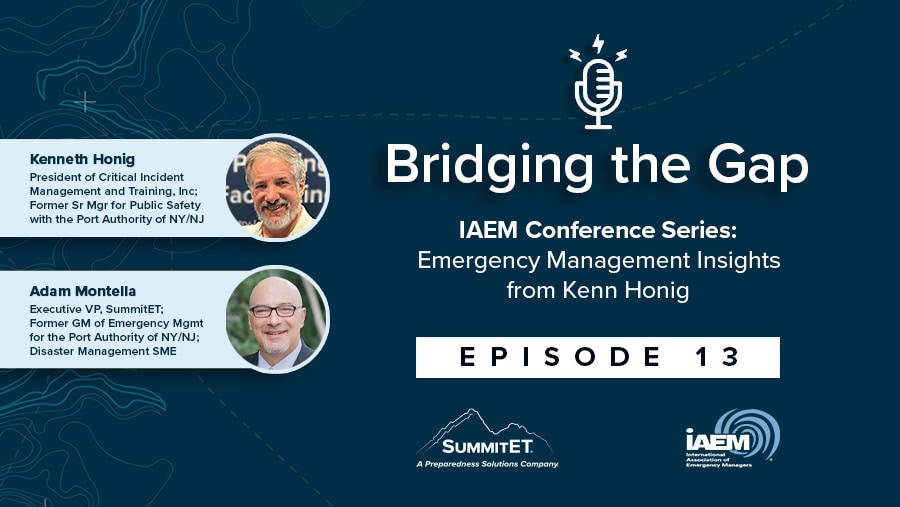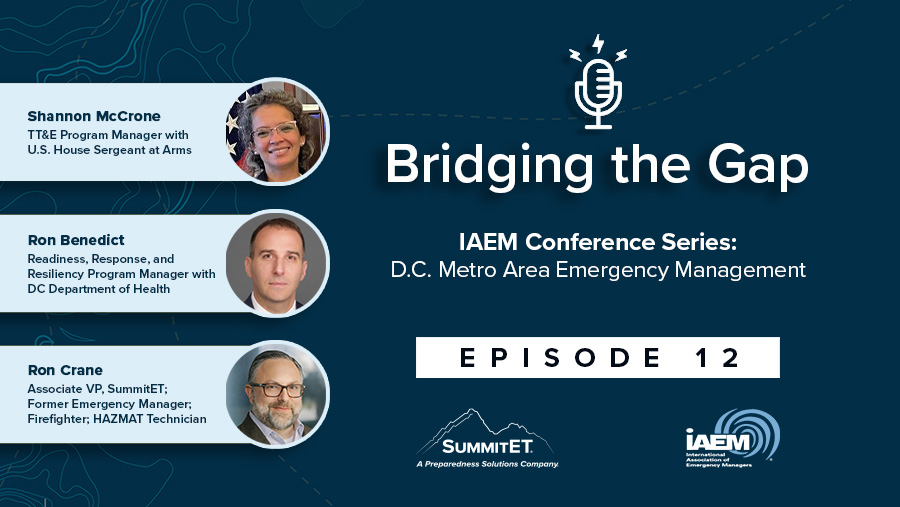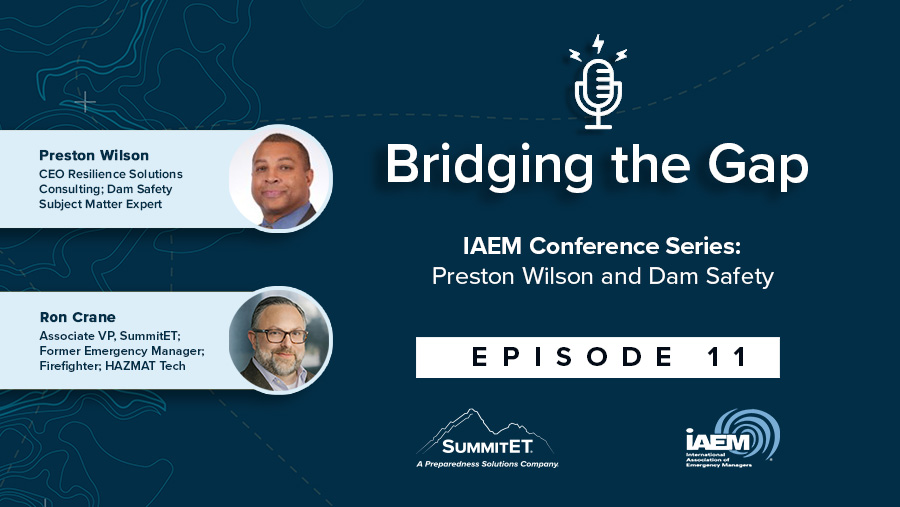During crises and emergencies, communications staff use a Joint Information System (JIS) to facilitate and manage information flow. To provide a central location for information management, a Joint Information Center (JIC) may be established. Organizations operating under the National Incident Management System (NIMS) are required to use a JIC as a means of centralizing timely communication and public information personnel from all organizations involved in a response. However, in response to resource constraints, stakeholder expectations, and the need to shift from physical to virtual environments in the wake of a global pandemic, a virtual JIS/JIC may need to be established and placed in operation to meet the information expectations of internal and external audiences.
Additionally, during a crisis or emergency, assembling communications staff at a physical JIC may be impractical or unsafe. A virtual JIS/JIC serves the need for timely information gathering and disseminating in a response by collecting information from responders, and communications staff across a wide area and developing essential tools in a virtual setting.

The Information Management Cycle
The functionality of a traditional, physical JIS/JIC can be transitioned to a virtual setting for facilitating the information management cycle. Information gathering, verification and analysis, message development, coordination and approval, dissemination, tracking and documentation, and monitoring can all function at full capacity in a virtual format. Using free, low-cost, off-the-shelf tools with open-source, web or cloud-based software, and native digital platforms can provide functionality and redundancy in a crisis/emergency.

A virtual JIS/JIC can address specific issues
Inability to establish a physical JIC
A JIC must be established in a location known and accessible to communications staff. however, it can be vulnerable to any crisis or emergency impacting geography, transportation, or infrastructure.
Staff health risk
If an outbreak of contagious disease were to occur, gathering all information staff in one location could expose them to risk of the disease. Likewise, if isolation and/or quarantine were implemented, communicators would be unable to access the JIC and fulfill their responsibilities.
Provide cost efficient information management
Low-cost, off-the-shelf technologies can be used to facilitate and manage information flow and reduce costs.
Virtual JIS/JIC Benefits
No workflow disruptions
The virtual JIS/JIC operates at the same level of functionality as a physical JIC. Staff can work in virtual environments to manage information and communicate to internal and external audiences in a timely manner while safely working remotely.
Save time and resources
Because materials and collaborative workspace for the virtual JIS/JIC are in a virtual space, staff do not need to consider time and logistics for setting up a physical JIC. Even if a physical JIC were required, and an option, staff can use the virtual space until the physical JIS is established. Since the same level of functionality of a physical JIC can be met, there is a cost savings associated with removing or reducing the footprint of a physical JIC.
Easier access to information
The secure online environment of the virtual JIS/JIC can be accessed at anytime from anywhere in the world. Staff can access necessary resources while collaborating on projects in a shared, virtual space using free or low-cost open-source software, such as Google apps, DropBox, and others. These tools can also offer redundant backup systems.
Upcoming Virtual Interactive Workshops
SummitET® is recognized by SHRM and offers Professional Development Credits (PDCs) for SHRM-CP® or SHRM-SCP®. For more information about certification or recertification, please visit www.shrmcertification.org.
No Results Found
The page you requested could not be found. Try refining your search, or use the navigation above to locate the post.
SummitET’s Virtual JIS/JIC Methodology and Practice workshop offers practical solutions for building relationships, enhancing internal and external communications, streamlining information coordination and approval processes, and enhancing the information management cycle using virtual tools and techniques. For more information about this workshop or other training opportunities for yourself, your team, or your organization visit our website: www.summitet.com/workshops.




